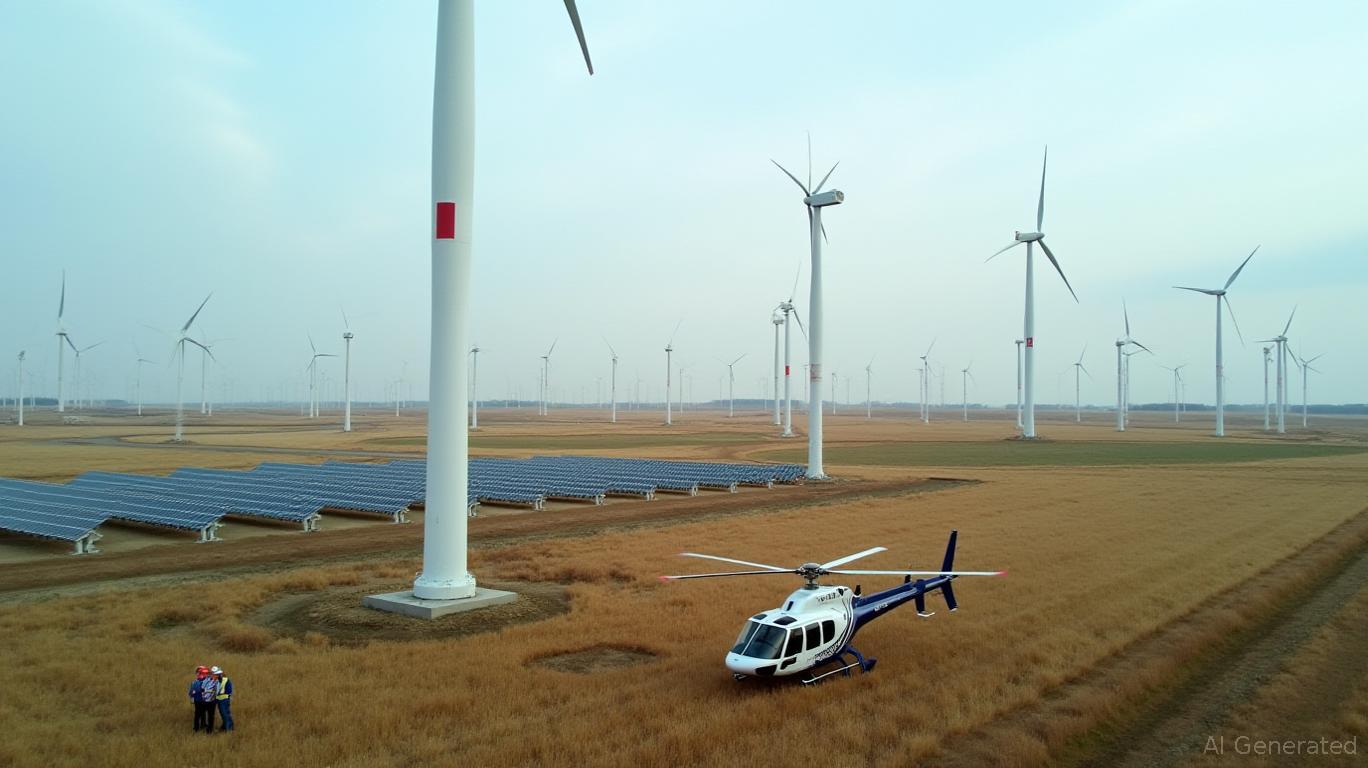Otter Tail Power: A Dividend Dynamo with Regulatory Tailwinds
The energy sector has long been a haven for income-focused investors, but few utilities combine the stability of a 55-year dividend streak with the upside potential of a major regulatory win.
(OTTR) is now positioned to deliver both, as its rate increase request in South Dakota nears approval. With interim rates set to take effect on December 1, 2025, and a refund guarantee mitigating downside risk, this utility presents a compelling opportunity to lock in steady income while betting on a favorable outcome.Dividend Stability: A 55-Year Track Record of Growth
Otter Tail's dividend history is a testament to its financial discipline. Since 1938, the company has paid quarterly dividends without interruption, a streak that outlasts 90% of its peers. Recent years have seen deliberate growth:
- 2023 dividend: $0.4375/share quarterly, annualized to $1.75.
- 2024 increase: A 7% boost to $0.4675/share quarterly, pushing the annualized dividend to $1.87.
- 2025 projection: A further 12.3% hike to $0.525/share quarterly, targeting an $2.10 annual dividend (yield ~2.8% at current prices).
The payout ratio of just 25% underscores this sustainability, with earnings forecasted to hit $7.24/share in 2025. This leaves ample room for continued growth, even if revenue from the South Dakota rate case comes in below expectations.

Financial Fortitude: Current Ratio and Risk Mitigation
Critics might question whether a utility's reliance on regulatory outcomes introduces volatility. Otter Tail's balance sheet answers that concern. While the explicit current ratio for Q4 2024 isn't disclosed, its Quick Ratio of 0.95 and Total Current Assets of $630 million versus $310 million in liabilities (as of Dec 2024) imply a current ratio of ~2.03. This comfortably covers short-term obligations, ensuring dividend resilience even during regulatory uncertainty.
The South Dakota rate case further bolsters this stability. The interim rate increase—effective December 1, 2025—provides immediate upside, while a refund guarantee ensures investors won't face losses if the final decision is lower. This creates a risk-free floor, as the worst-case scenario involves returning excess funds rather than losing income.
The Regulatory Timeline: A Structured Roadmap to Upside
The South Dakota Public Utilities Commission's review is expected to conclude by mid-2026. Key milestones include:
- Interim rates: Effective immediately, boosting 2025 earnings.
- Final decision: Could exceed interim levels, amplifying profits.
Diversification and Renewables: A Hedge Against Volatility
Otter Tail isn't a one-trick pony. Its three operating segments—Electric, Manufacturing, and Plastics—generate steady cash flows, while renewable projects (e.g., solar and wind initiatives) position it to capitalize on clean energy demand. This diversification reduces reliance on any single revenue stream, shielding investors from sector-specific headwinds.
Valuation: A Utility at a Bargain Price
At a P/E of 10.52, OTTR trades at a discount to its historical average and peers. Even if the final rate ruling is neutral, the dividend alone offers a 2.8% yield—40% higher than the S&P 500's average—with growth embedded in its DNA. Should regulators approve the full requested increase, the stock could see a 20%+ premium by 2026.
Conclusion: A Rare Blend of Income and Upside
Otter Tail Power is a textbook example of a high-conviction income investment. Its dividend track record, fortress balance sheet, and the structural tailwind of the South Dakota rate case create a rare combination of safety and growth. With minimal downside and a clear path to upside, OTTR should be on every income investor's radar.
Act now: The interim rate effective in December 2025 is a catalyst investors can't afford to miss. With a dividend that grows like clockwork and a regulatory win on the horizon, OTTR is primed to deliver both income and appreciation for years to come.

Comments
No comments yet